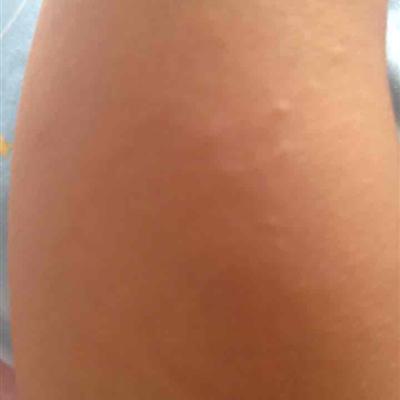What disease can disseminated gonorrhea cause?
summary
We should know more about gonorrhea, gonorrhea is a common venereal disease. And this disease has a certain infectious, it is easy to spread the virus to other people, causing certain social harm. What disease can disseminated gonorrhea cause? Next, I'd like to share my views with you.
What disease can disseminated gonorrhea cause?
Gonococcal dermatitis: it starts with round erythema, macular papules or blisters with a diameter of 2-5mm, and soon turns into pustules, with red halo around, central hemorrhage, necrosis or scab. Erythema nodosum, urticaria or erythema multiforme were occasionally seen. It is distributed in the trunk, limbs, palms and soles, but not in the head and face. After 4-5 days, it disappeared without scar.

Gonococcal keratosis: it may be caused by gonococcus or its toxin. Gonococcus can not be found in the skin lesions. It is often complicated with gonococcal arthritis. The most common sites of skin lesions are hands, feet, ankles and waist. It is usually flat, keratotic, slightly raised patches or plaques, conical, yellow, or copper red or gray white. The skin lesions of palms and soles showed keratinization.

Gonococcal arthritis, synovitis and tenosynovitis: mostly involving the knee, ankle, elbow, wrist and shoulder joints. Two thirds of the patients presented with migratory asymmetric arthritis, and about one fourth presented with single joint pain. When arthritis, joint redness, swelling, effusion or pus can cause bone destruction and joint ankylosis. It is often accompanied by synovitis and tenosynovitis.

matters needing attention
No matter whether the disease needs antibiotics or not, as long as patients are eager to treat the disease, they will use the most high-grade, latest and imported antibiotics. It is bound to cause the early and rapid emergence of drug-resistant strains of gonococcus, which not only brings difficulties to the treatment, but also leads to the more serious epidemic of gonococcus.












